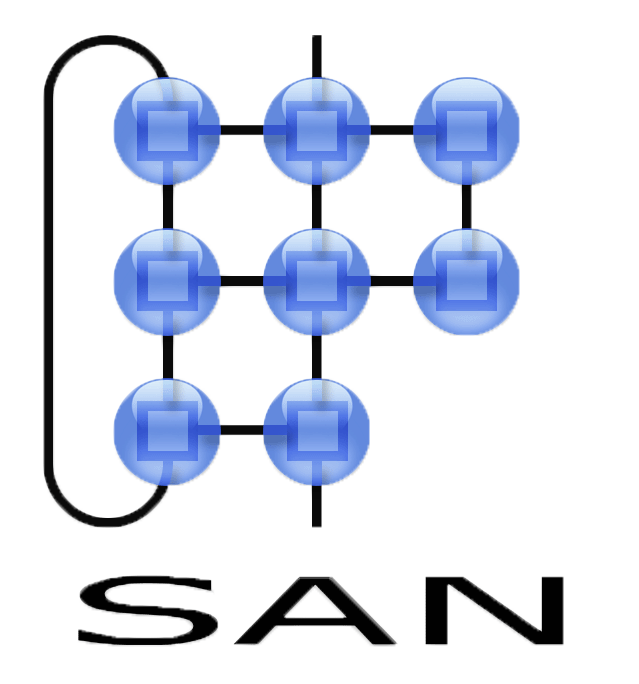|
ENSURE |
|
System Architecture and Networking (SAN) |
| Eindhoven University of Technology |
Introduction
ENSURE is the Philips, TU Eindhoven and TU Delft joint KWR project (KennisWerkersRegeling of Ministerie van Economische Zaken/ SenterNovem). Knowledge workers from industry will perform research jointly with and at the universities (TU/e and TUD). The knowledge workers will give essential feedback on the practical applicability of ideas, and at the same time the funds that this program introduces, create possibilities for universities to contribute essential ideas and knowledge in an open-innovation fashion as well as to exchange personnel. The main objective of the project is to develop intelligent lighting solutions for the world of tomorrow. On this front, there are several new research questions such as on; the interaction between the user and the system, the design of the algorithms for communication between sensors and light sources, and the easiness of the installation mechanism.
ENSURE consists of 4 workgroups (WG). The SAN contribution in ENSURE is divided into two of these workgroups, namely i) Intelligent Road Lighting (WG1) and ii) Buildings Without Switches (WG4). WG1 focuses on intelligent lighting systems inside and outside cities where an energy reduction of at least a factor of 2 in comparison to the currently available traditional non-intelligent systems is expected. WG4 concentrates on designing an intelligent and flexible lighting system which is adaptive in terms of behavior and modular with respect to configuration.
People Involved
SAN Contribution
In the former, we focus on intelligent and efficient road lighting systems and our aim is to provide software, scripts and interfaces to control lights for the Wizard of Oz study, in order to maximize user comfort while minimizing energy consumption. In the latter, our aim is to provide a software and network architecture to enable seamless integration of adaptive smart lighting into building spaces. Given the limitations of node alternatives (e.g. wireless light sensors, LED luminaries, actuators), the provided architecture needs to be light-weight. Therefore, the OSAS architecture is a good candidate for the baseline architecture of this system.
Intelligent Road Lighting
Traditional road lighting designs are based on on-off control systems, where all the luminaries are turned on when the ambient light falls under a certain threshold. However, using all the lamps in full-power mode causes a non-optimal scenario in terms of total energy consumption. In a road lighting system, one has to consider the user perceptions, such as the feeling of safety and the psychological mechanisms behind them. To further examine this problem, we establish a testbed where we can change the brightness level of each lamp using a software-controlled system. Here, we describe the experiment testbed, installed in one of the streets of TU/e campus, in detail along with the possible future work.
System Model
Our testbed consists of a computer, a segment controller (SC) and 10 outdoor luminaire controllers (OLCs) (one per each luminary). The computer is used for sending commands to and monitoring SC as well as for collecting and analyzing the feedback data received from SC. The system model is illustrated in the figure below.
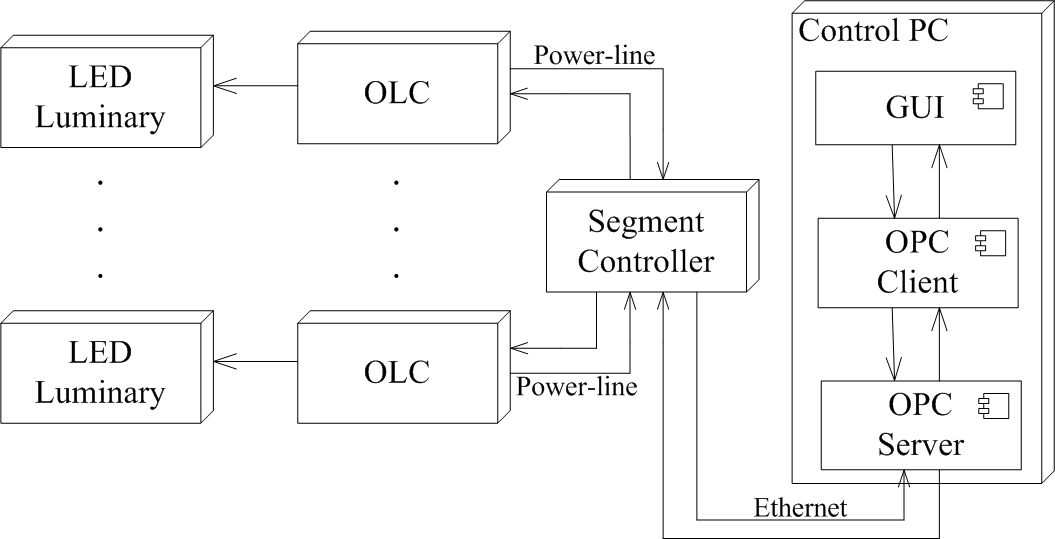
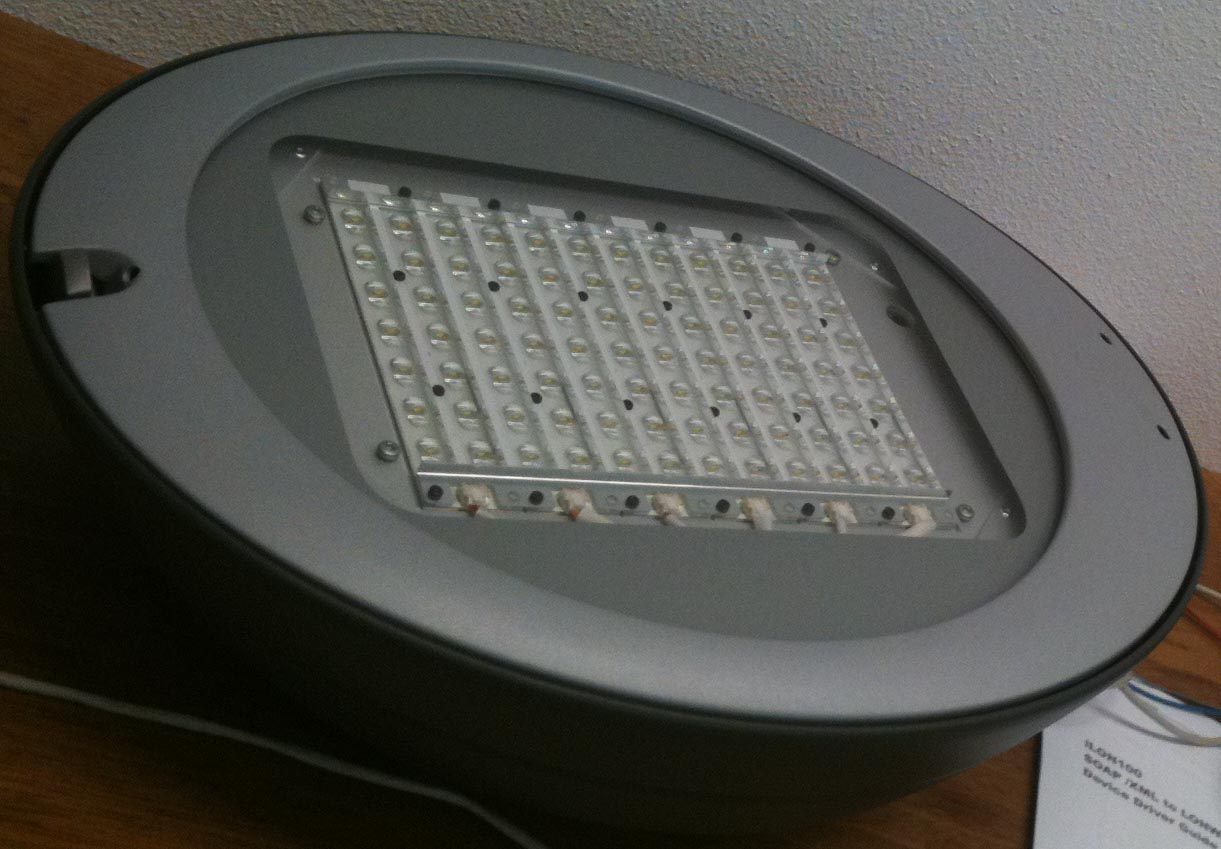
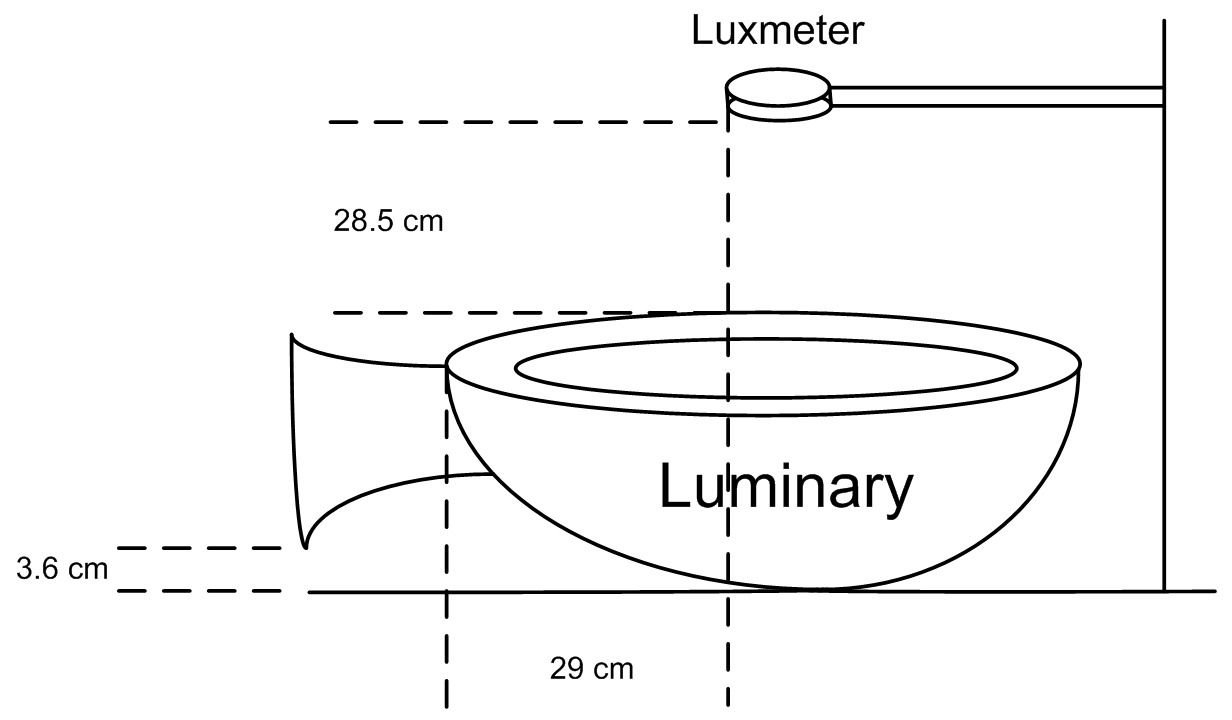
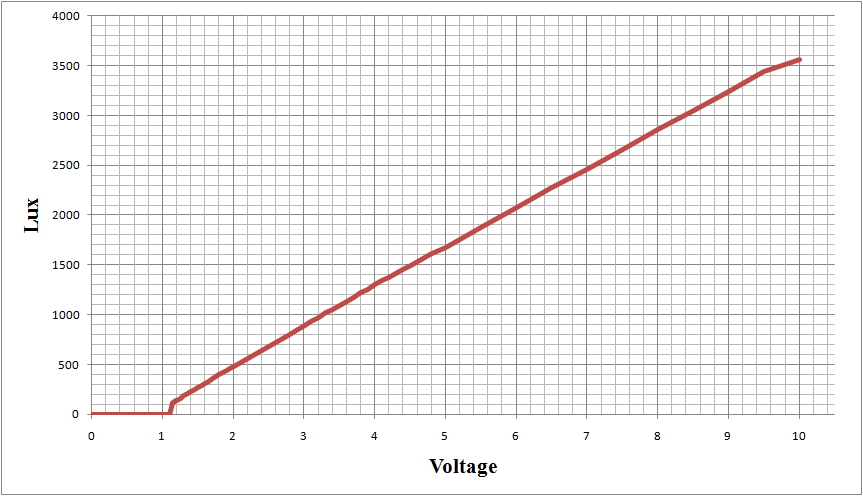

Experiment
The experiment is done on a street in TU/e campus where ten lamp posts are evenly placed. We installed LED lamps using a metal fork along with the traditional HID lamps as seen in figure.
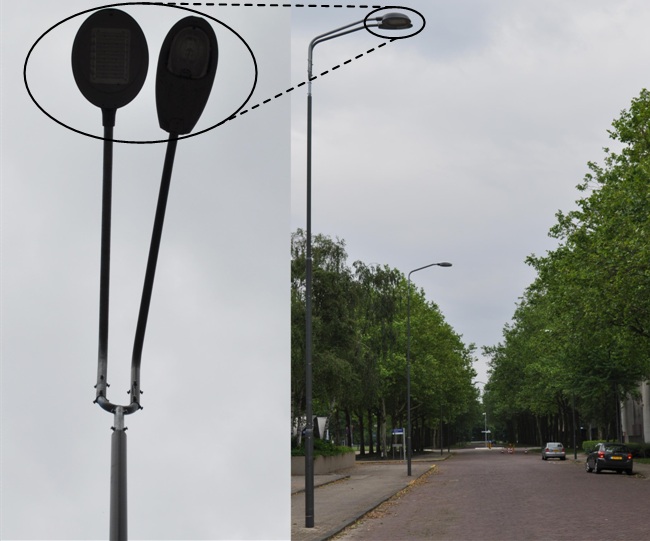

Future Work
Following the result of this study, a sensor box (including sensors, such as camera, microphone, passive infrared and radar) will be placed on each lamp post. Additional questionnaires will be administrated while participants are walking through the street and the results will enlighten us further on how to utilize the sensory information efficiently. Using the necessary inputs from these sensors, the system will adjust the luminance levels of each lamp. Our goal is a fully automatic and intelligent road lighting system where lamps react to the changes in the environment by adapting their brightness in real-time.
References
1. Y. A. W. de Kort, A. Haans, L. Geerdinck, D. van Gennip, M. Horst, and J. Servaes, "Psychological building blocks for dynamic road lighting: Understanding light's role in feelings of safety at night," in Proc. of LS12-WLED3 July 11-16, 2010, TU/e, the Netherlands, 2010.
2. C. Atici, T. Ozcelebi, and J. J. Lukkien, "Intelligent Architecture for Road Lighting," submitted to ICCE 2011.
3. LonWorks, "PLT-22 Power Line Transceiver User's Guide (110kHz-140kHz Operation)." [Online]. Available: http://www.viste.com/LON/tools/PowerLine/PLT22A.pdf
4. Philips, "LFC7065 Segment Controller," 2008. [Online]. Available: http://www.lighting.philips.com/dk_da/architect/luminaire/controls/pdf/k_lysstyring/starsence/starsence_LFC7065-segment_controler.pdf
5. Philips, \LLC7020 Outdoor Luminaire Controller," 2008. [Online]. Available: http://www.lighting.philips.com/dk_da/architect/luminaire/controls/pdf/k_lysstyring/starsence/starsence_LLC7020-outdore luminare controler.pdf
6. E. Co., "LonTalk Protocol Specification Version 3.0," 1994.
7. Philips, "CitySoul LED - BGP431," 2009. [Online]. Available: http://www.lighting.philips.com/nl_nl/service_center/downloads/citysoul_led_nl.pdf
8. X. Hong and W. Jianhua, "Using standard components in automation industry: A study on OPC Specification," Computer Standards & Interfaces, vol. 28, no. 4, pp. 386-395, 2006.
9. LabView, National Instruments. [Online]. Available: http://www.ni.com/labview/
Links
| System Architecture and Networking | ||
| Eindhoven University of Technology | ||
Last update: 12/02/2010
